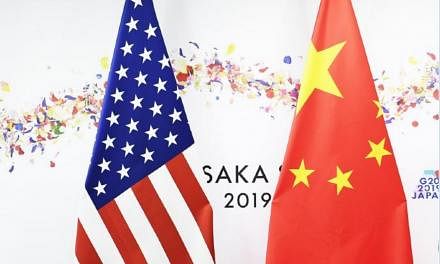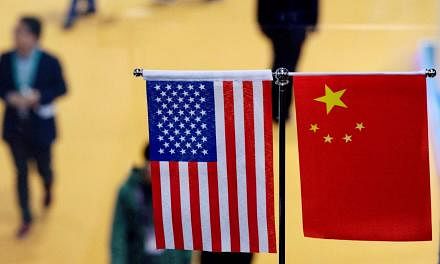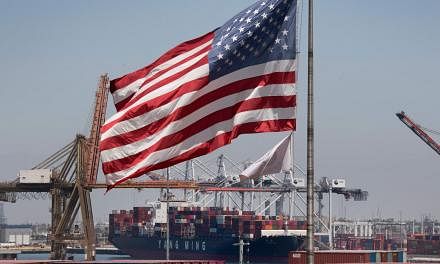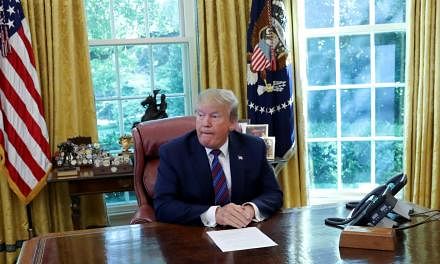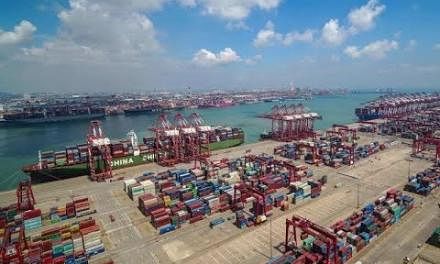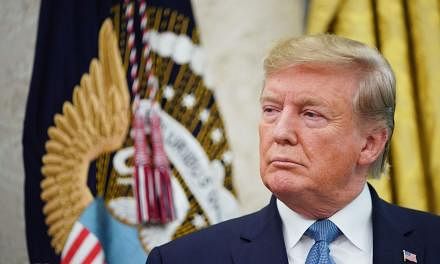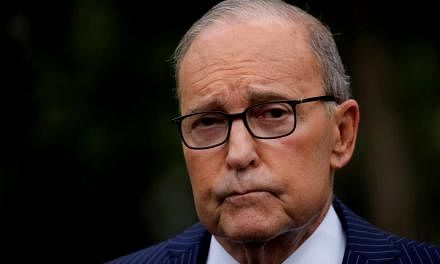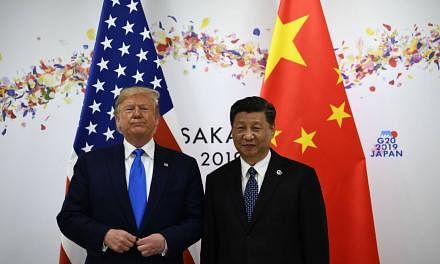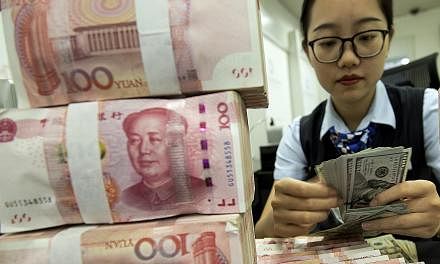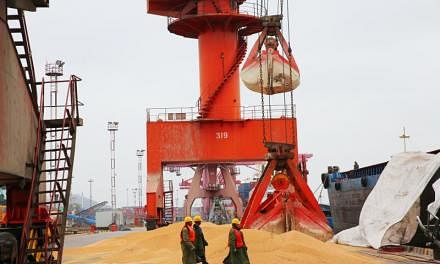The trade war between the United States and China escalated last week, with the US hiking tariffs on US$200 billion (S$273 billion) worth of Chinese goods after US President Donald Trump said Beijing "broke the deal" by reneging on earlier commitments made during months of negotiations.
The deadlock continues on Monday (May 13) after Chinese official media said Beijing would not swallow any "bitter fruit" that harmed its interests. The latest salvo comes even as Washington prepares a new round of tariffs that will place 25 per cent of duties on another US$325 billion of Chinese products.
The Straits Times' Washington and Beijing bureaus look at how the trade tensions between the world's two largest economies have played out so far.
1. China names 3 stumbling blocks in way of trade deal, after US hikes China tariffs
Three issues lie in the way of an agreement between China and the United States, which will have to be ironed out in upcoming talks in Beijing, China's chief trade negotiator said as the US moved to impose higher tariffs on Chinese goods after a five-month truce.
Spelling out for the first time what these sticking points were, Vice-Premier Liu He maintained that negotiations have not broken down, even though his meeting with US Treasury Secretary Steven Mnuchin and Trade Representative Robert Lighthizer last Friday ended just after 90 minutes.
In an interview after talks wrapped up, Mr Liu told Chinese media in Washington that while there was consensus reached over many issues, the two sides still could not see eye to eye over these points: Beijing's demand for the US to remove all additional tariffs, the target set by the US on goods purchased by China, and the wording of the agreement's text.
2. Possibility of current round of talks yielding trade deal all but gone, say Chinese experts

The move by the United States to impose heightened tariffs on Chinese goods means the likelihood of both sides reaching a deal at the latest round of trade talks has all but evaporated, Chinese analysts said on Friday (May 10).
The question on their minds now is whether both sides would continue to have subsequent rounds of discussion after the current one.
The US raised tariffs on US$200 billion (S$273 billion) worth of Chinese imports, from 10 per cent to 25 per cent last Friday. It brings to an end the trade war truce brokered by Presidents Donald Trump and Xi Jinping in December last year.
3. US-China trade impasse: Both sides can't be seen to be backing down

The hardline stances of the United States and China make it increasingly unlikely that the latest round of trade talks will break the impasse and de-escalate the tariff war.
They also underscore just how far apart Washington and Beijing were on their deep-seated trade differences, despite recent optimism that trade negotiations were at the endgame stage.
Behind many key sticking points are years of entrenched economic policies and very different priorities of the American and Chinese economies and companies, said experts.
4. A twinge of anxiety amid broad consensus that Trump is on right path
US-China trade talks wound up cordially last Friday morning with no talk of collapse. Small setbacks are inevitable in bilateral negotiations, China's Vice-Premier Liu He said, adding: "Looking ahead, we are cautiously optimistic about the future."
Meanwhile, in the United States, there remains broad, bipartisan consensus that President Donald Trump is doing the right thing by pushing back against a rising and aggressive China which has been accommodated for too long by Washington. But that consensus is laced with anxiety.
The outcome was not unexpected, given Mr Trump's assertion on the eve of the talks that China had reneged on what it had agreed on previously. Mr Liu said the two sides had different views on what was agreed at the December 2018 meeting in Argentina between Mr Trump and President Xi Jinping, where the two declared a truce to make time for negotiations.
5. Vietnam stands to gain from trade war

Vietnam is emerging as a major beneficiary of the trade war, with a string of American companies operating in China seeing the nation as the top choice for relocation.
Analysts say Vietnam offers the most competitive cost and skills as well as access to a range of other countries with which Hanoi has, or is negotiating, free-trade agreements.
Meanwhile, costs in China, from land to wages, have risen.

